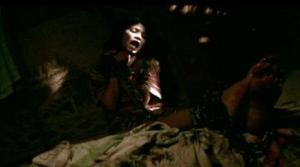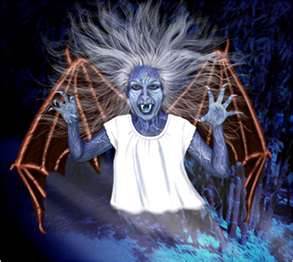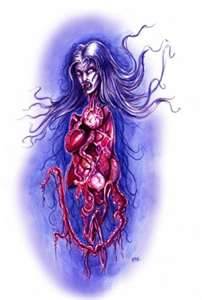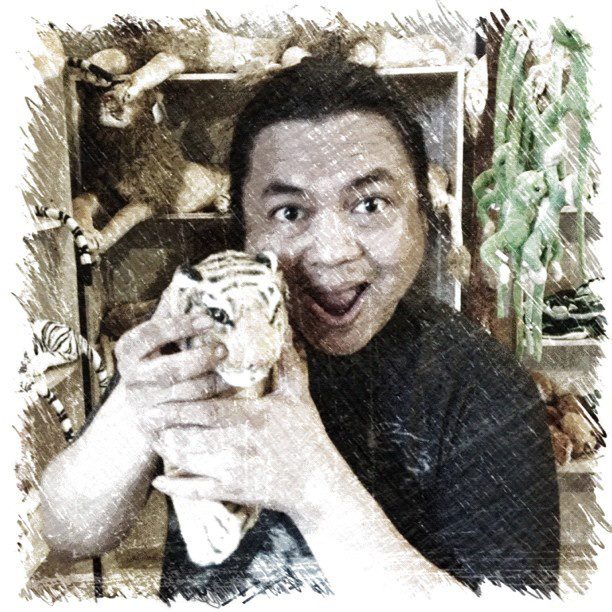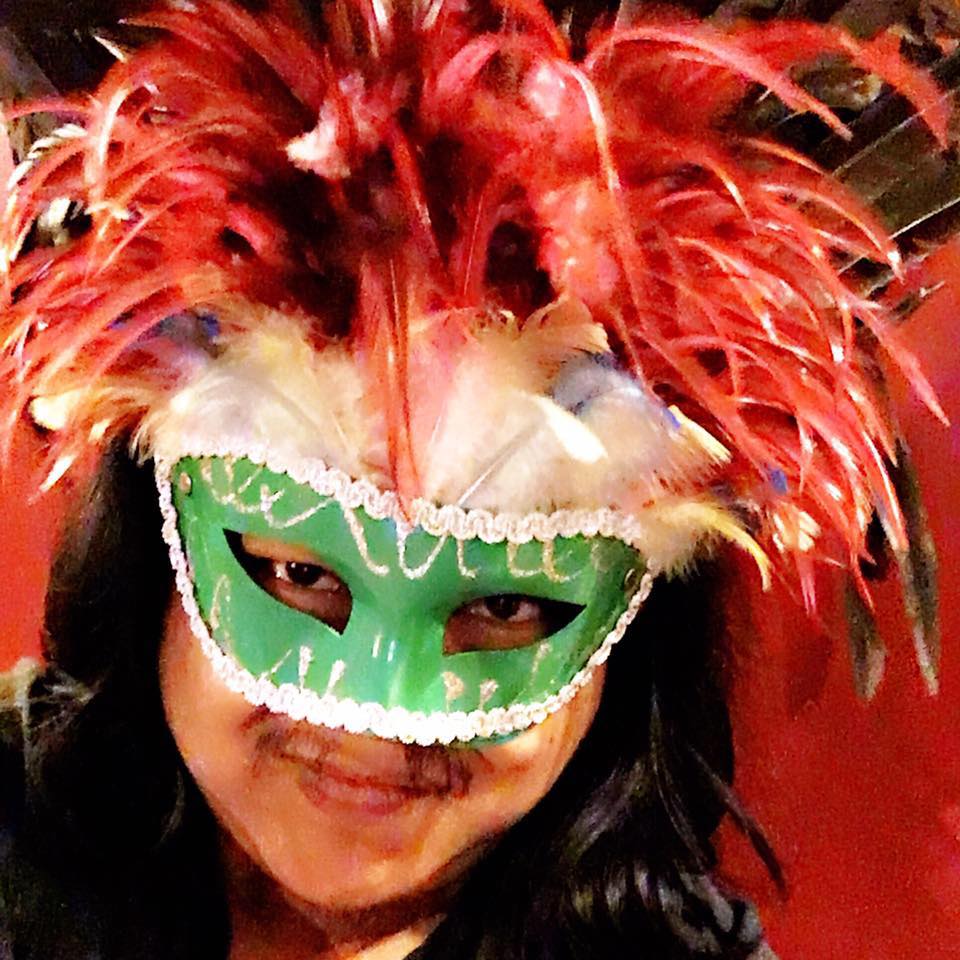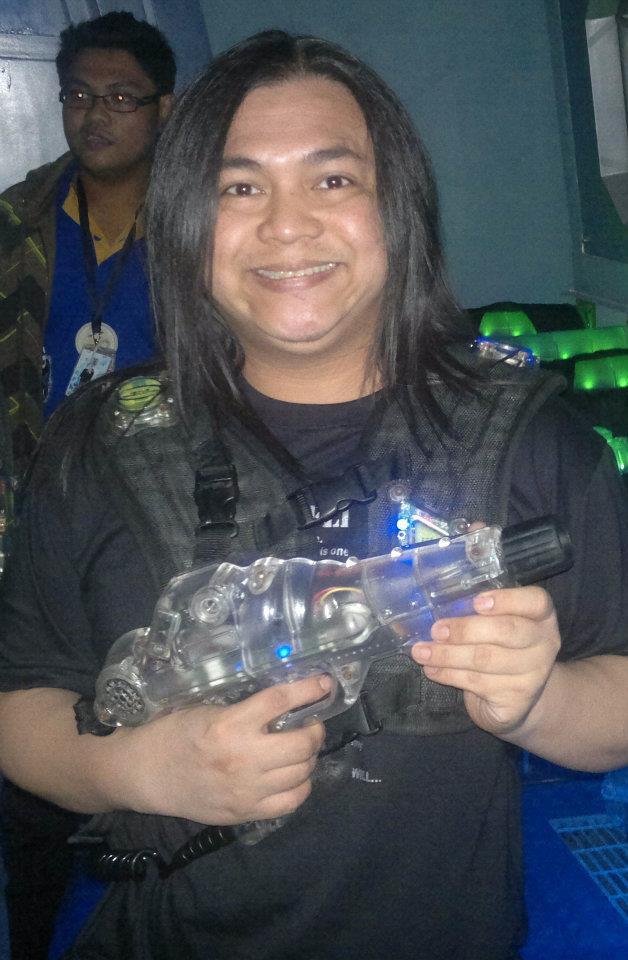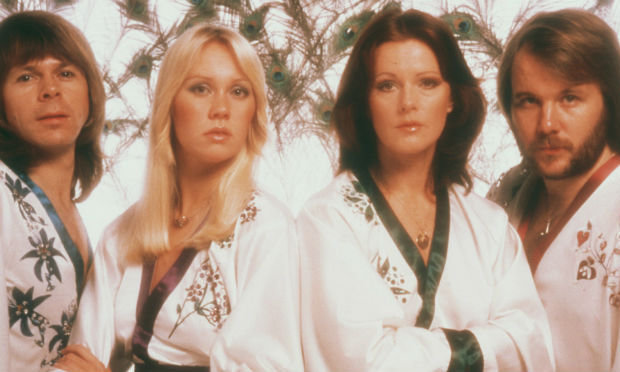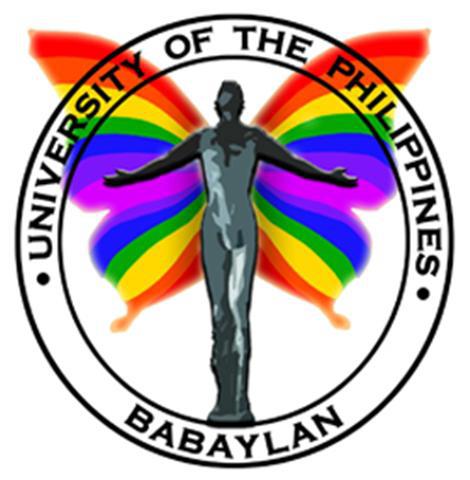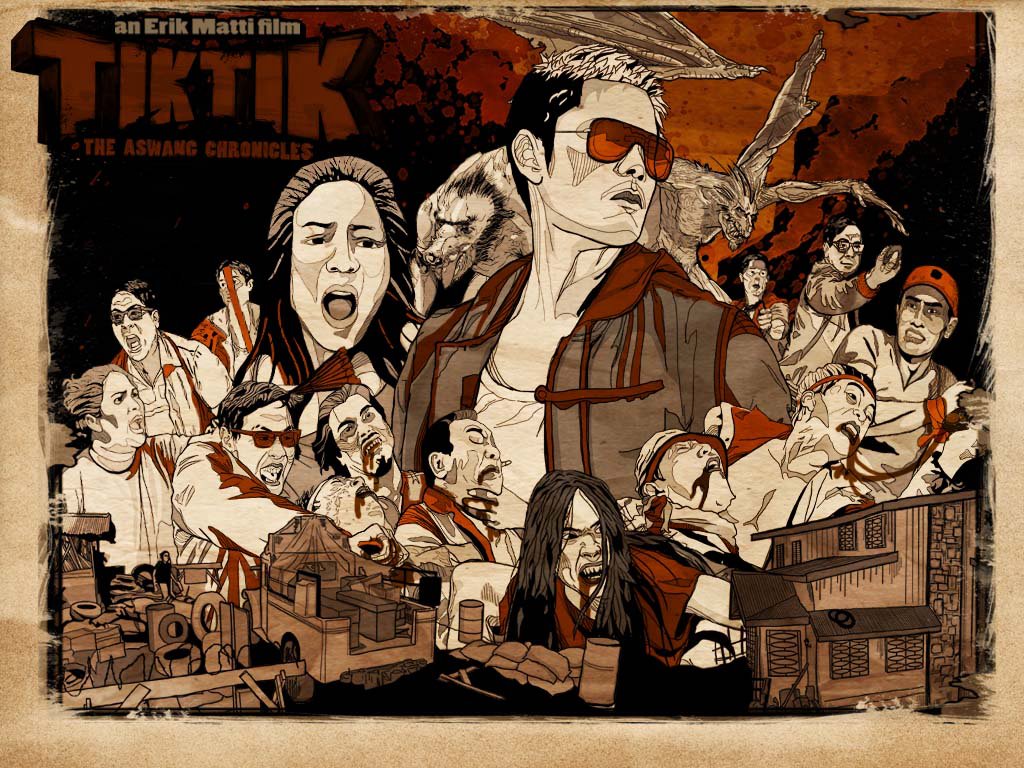Aswangan, Part 1: The As-wunk Phenomenon
by allancarreon on Nov.02, 2012, under Film & TV, Travel & Culture
It’s Halloween season again, and all the ghouls and goblins are out and about asking for candies and coins. Although Westernized trick-or-treat Halloween has been a relatively recent local activity, mostly in affluent areas and/or malls, the season has always been a big deal here due to the Filipino counterpart, All Saints’ Day and All Souls’ Day a.k.a. Undas. Hordes of people flock to the cemeteries to commemorate their loved ones, making a fiesta out of the whole thing – complete with food, drinks, and even gambling beside the nitso.
Although my Protestant upbringing has led me to rarely observe the holiday visiting cemeteries, I have always enjoyed horror stories and so look forward to what the season may offer. Time was when the annual “Magandang Gabi, Bayan” Halloween special was a sort-of pilgrimage for me and my friends as we looked forward to both spooking ourselves out and getting a hearty laugh trip over the occasional blunders in re-enactment filmmaking. (A personal favorite shared by my buddy France is the one where a Black Lady appears by the kitchen door and the “frightened victim” rushes out the same door, bumping noticeably against said Black Lady actress, who promptly stifles a fit of giggles).
What makes Halloween fun in the Philippines is our rich tradition in unusual creatures of the night. While I am a huge fan of the “Western” vampires, how much more creative and bizarre are our monsters such as the half-bodied airborne manananggal, the cigar-loving kapre, and the playful tikbalang? We don’t have mere witches; we have the mambabarang. Zombies are nothing compared to Mang Kepweng’s Piling. Our ghost stories offer unique plot points – such as the theater White Lady who likes to walk across the stage during performances, or the dutiful student who still takes her exam even after she’d been murdered on the way to school, or the queen of them all, the famous hitchhiking resident of Balete Drive. One can’t help but love it.
My favorite of all these Pinoy creatures is the aswang. It’s more of an umbrella term, really. If this were Taxonomy, it would likely be a genus with varying species, such as the tiktik, the sigbin, the wak-wak, the mandurugo, and others. Aswangis tiktikum and Aswangis sigbinensis, anyone? Manananggals are also usually considered a type of aswang – though I tend to think of them as a little bit more different than your garden-variety aswang. Perhaps a wilder species. Or the Homo erectus to the aswang’s Homo sapiens.
I take comparisons of the aswang to the vampire in stride. It’s probably adequate, when explaining to foreigners what an aswang is, to say that it is a Filipino vampire, but I would still beg to differ.
Vampires, despite varying abilities depending on the story, have common attributes. For one thing, vampires suck blood (unless it’s a “Twilight” vampire, in which case it just sucks… and sparkles and is gayer than an episode of “Glee”). Aswangs prefer viscera, innards, flesh, babies, unborn fetuses – a whole gamut of gore. Probably the only aswang that merits the vampire comparison in this manner is the mandurugo.
And while many depictions of vampires give them shape-shifting powers, the aswangs take shape-shifting to a whole ‘nother level. Aswangs are probably more akin to were-creatures, a number of them taking the shape of dogs, pigs, and other fauna, but even that may not be accurate – for what were-creature also boasts of the ability to detach its upper torso from its lower half, sprout leathery wings, and fly about to terrorize hapless mortals?
There are a few things in common with the vampire, to be sure. The aversion to holy relics and garlic, for example. However, unlike vampires, aswangs seem averse towards so many more kitchen items, including salt and (in at least one idiotic cinematic portrayal) the chilli in hot sauce. How unfortunate, then, for aswangs to apparently thrive in a region known for the spice islands; perhaps they should consider migrating to regions of blander cuisine.
In any case, the aswang is the king of Pinoy monsters. There is hardly a town in the country that has no aswang tale. Even the cities – supposed bastion of modernity – are not immune to the aswang; who can forget the manananggal scare of 90s Metro Manila and Antipolo? And while an entry in Wikipedia claims that the Ilocos region has no aswang tradition, I can vehemently say from personal experience: not true. More on that later.
It is interesting to note that similar creatures exist in the folklore of our neighboring countries, Malaysia and Indonesia. The penanggalan, for instance, is a Malaysian version (cousin?) of the manananggal, only weirder if not as frightening; it’s a detached, floating head with entrails dangling about, so there are no talons to grab you with, for goodness’ sake. Similar to the penanggalan is the Indonesian leyak. During family reunions, all three international cousins enjoy a meal of babies served out of pregnant women while discussing ASEAN politics and economic growth.
Given such common folklore across the Malay archipelago, as well as neighboring Thailand and even Laos, I think there must be some source of truth to these stories. Perhaps not as fantastical as portrayed in film, books, and oral tradition (still, who knows?), but I can’t imagine that the prevalence of such tales across Southeast Asia would have no basis in fact. It’s a funky phenomenon that one can’t simply ignore.
And this is why I think the aswangs are badass: they are probably real, and they certainly are more astonishing in nature than their Western counterparts.
Continued In:


